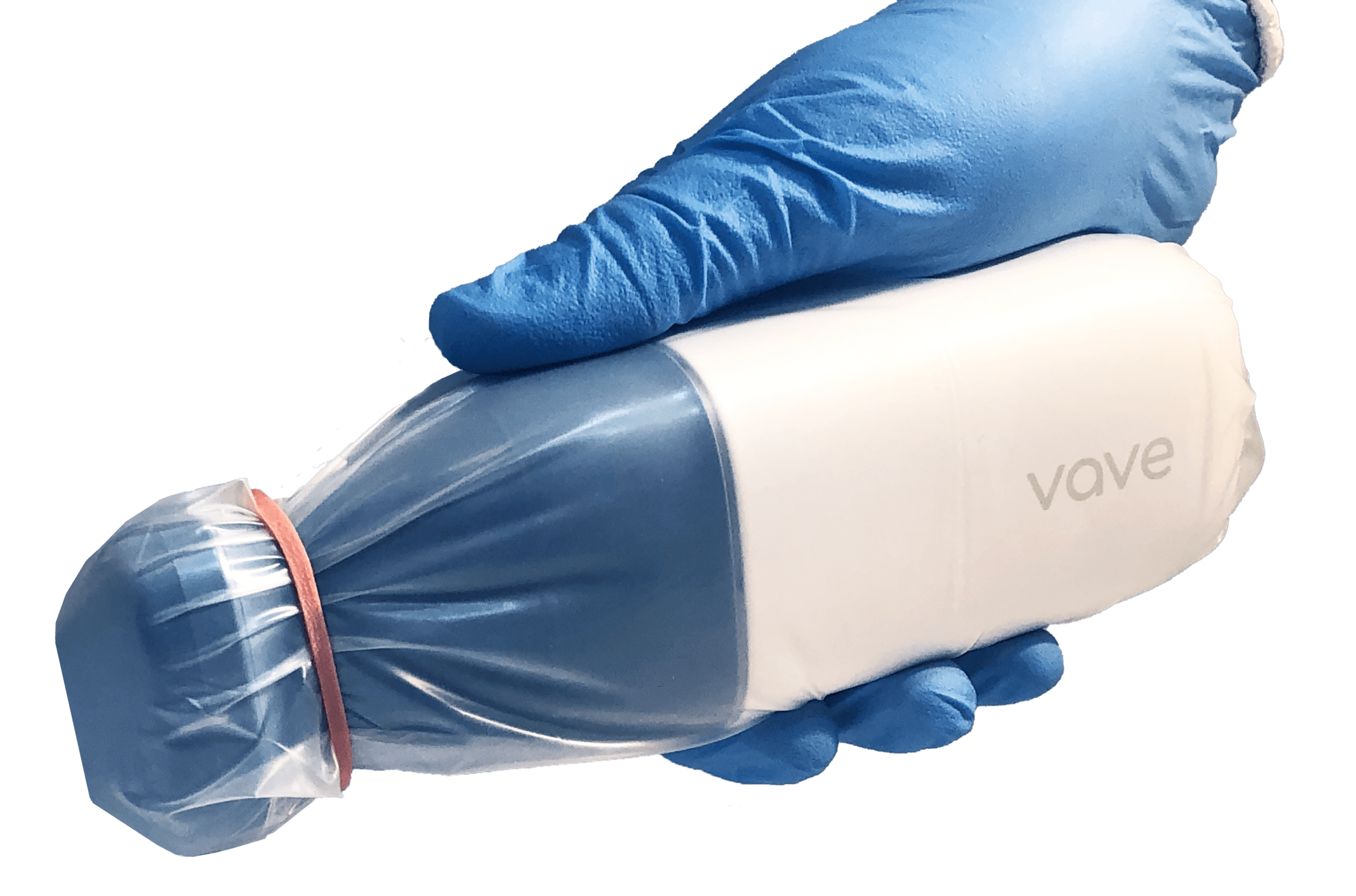Ultrasound technology isn’t new, and it’s very likely you’ve probably heard of it or even experienced it yourself. In fact, the first ultrasound was used back in the 1950s in Glasgow, and clinicians have been using ultrasound imaging as a staple of diagnostic medicine for decades. These days, ultrasound technology is used in diverse areas of medicine. From critical care, emergency medicine, to prenatal care, the ultrasound solution delivers uncompromising diagnostic accuracy and is constantly seeing advances throughout industry technology.
The use of the bedside ultrasound is not the only way in which the use of ultrasound can be helpful for clinicians. Recent years have seen the advent of the Point of Care Ultrasound (POCUS), a more efficient and portable version of the classic bedside version we’re used to. Clinicians who have undergone POCUS training can do a lung ultrasound or diagnose an ectopic pregnancy with a device that’s small enough to fit in a pocket. When it comes to a physical examination, the use of POCUS takes things to a whole new level of competency and convenience.
Competency and Diagnostic Accuracy
One of the reasons why the use of POCUS is so exciting is the specificity with which various clinicians—regardless of specialty—can use a point of care ultrasound devices as a part of their patient care routines. Once trainees have received a their registered sonographer’s certificate (RDMS) showing their competency, POCUS can be used by medics, nurses, or physicians alike to recognize everything from a pneumothorax to an abdominal aortic aneurysm with full diagnostic accuracy. The images can then be uploaded, saved, and shared with members of a clinical practice or emergency department. This way, doctors can ensure that exam results are viewed in real time. POCUS is a powerful diagnostic tool because it streamlines communication without compromising image quality.

Safer Care During COVID-19
Hospital medicine, just like every other aspect of our lives, was completely altered by the COVID-19 pandemic. Patients tried to avoid emergency departments as much as possible, as the opportunity to be exposed to COVID-19 had to be avoided at all costs. However, POCUS played a significant role throughout COVID-19. When it came to providing physicians with a sterile, quicker, and more effective way to diagnose COVID-19, POCUS was able to provide the patient with a quicker and more accurate diagnostic for COVID-19. Point of Care Ultrasound technology required fewer specialists compared to a traditional ultrasound, which led to less PPE being utilized throughout the hospital.
Perfect for All Clinicians
POCUS is the perfect tool for any health care professional. Medical students, emergency physicians, family physicians, primary care physicians, and radiologists (among others) can all make use of POCUS in order to streamline the diagnosis and treatment of their patients. For medical students and other trainees, POCUS is far more effective compared to a bedside ultrasound or the traditional stethoscope. POCUS skills are easy for any learner to acquire, and Vave Health’s POCUS probe is quite affordable.
Our imaging modality is helpful for physicians who are collaborating in order to improve patient outcomes as well. If a family physician needs to refer a patient to a cardiologist, the two physicians can communicate in real time regarding the cardiac ultrasound images. It’s often easy for imaging systems to become unwieldy, especially when a patient is seeing multiple specialists in different locations around the United States. Consolidation of images means that all the doctors are on the same page, which can mean better patient outcomes.
POCUS is the cutting edge of ultrasound technology. We’ve come a long way since that first ultrasound was carried out last century. These days, a point of care ultrasound presents an exciting new frontier for patients and physicians alike.

